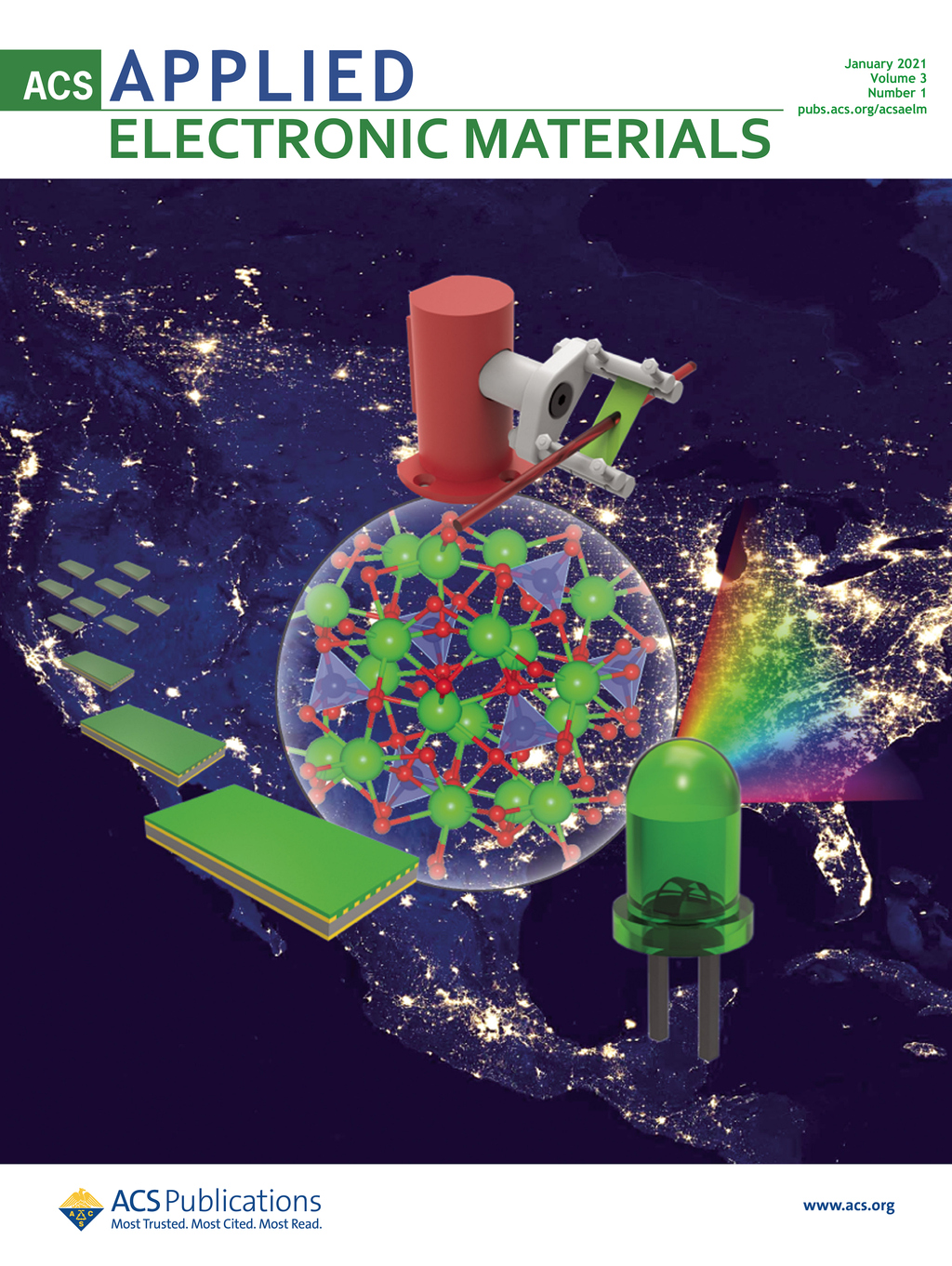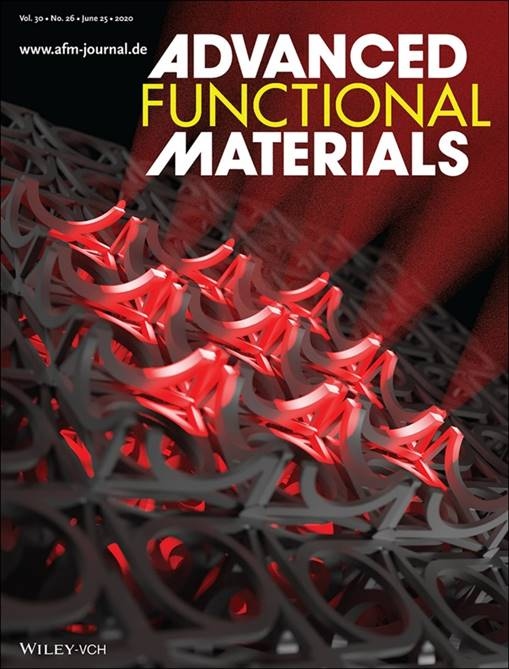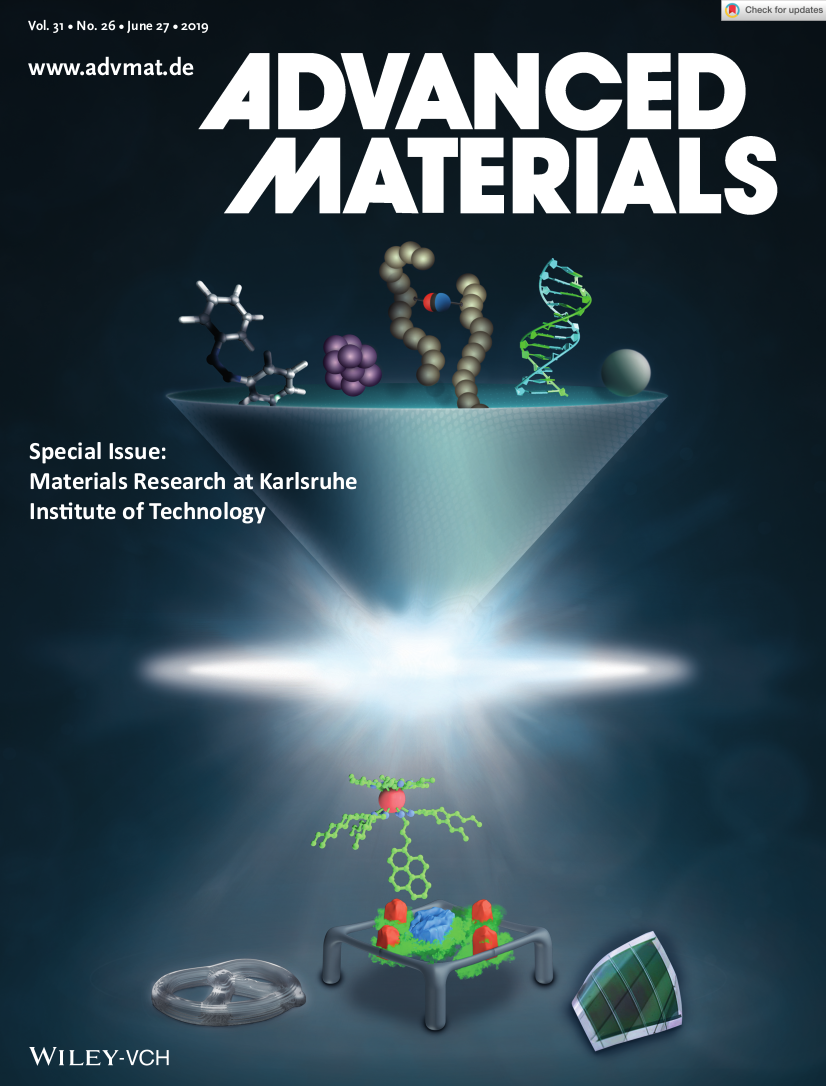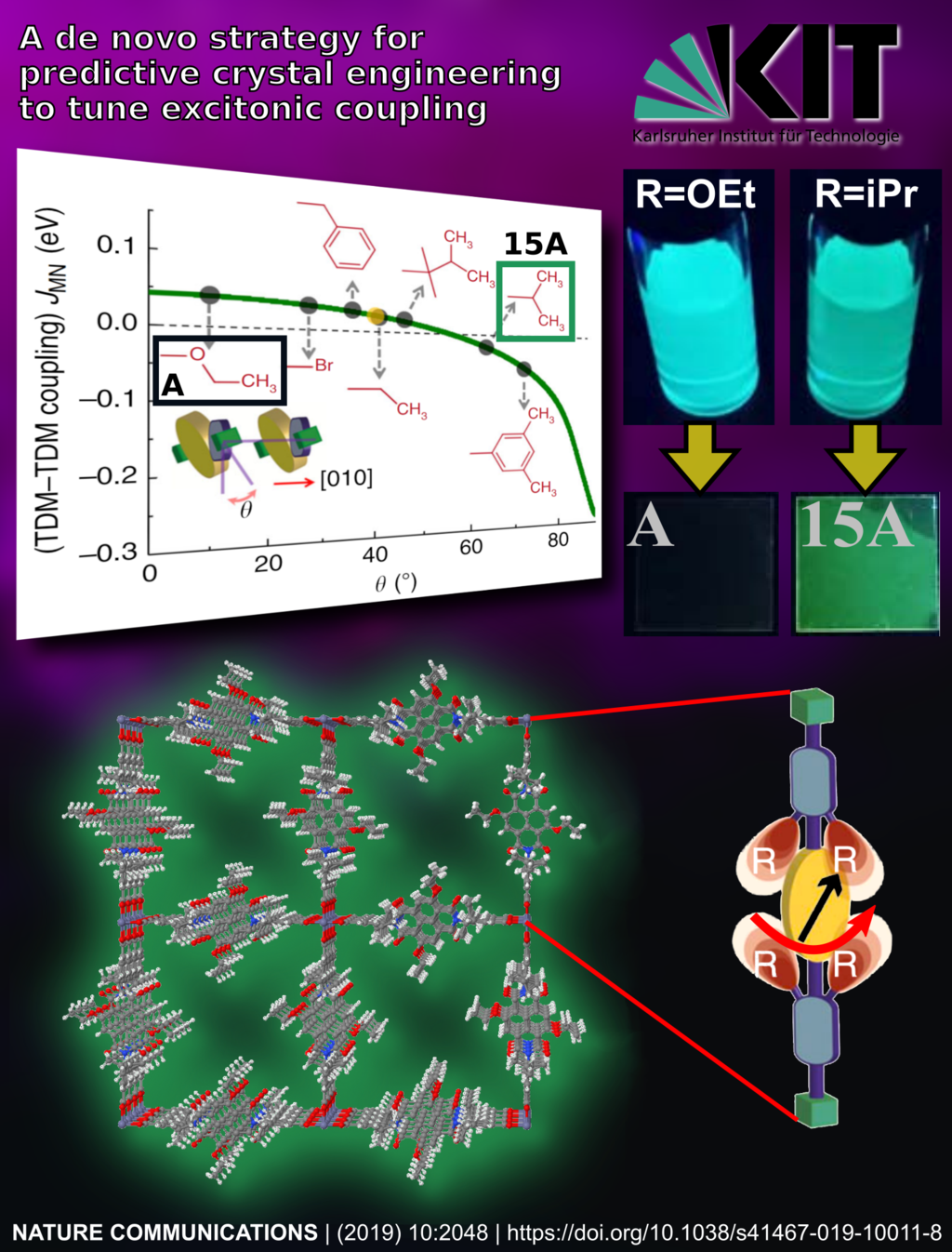Virtual Materials Design (VirtMat)
Numerous technological advancements are driven by materials development, in fields as diverse as energy supply, environmental protection, information technology, or medicine and health. Solving these major societal challenges strongly depends on the acceleration of materials development.
At KIT, 37 PIs from 12 institutes have united in a joint initiative aiming at virtual materials design, which aspires to develop an information-driven approach towards predictive material simulations and reverse-engineering of materials and device components. This will enable experimental breakthroughs in physics, chemistry, biotechnology and materials science. At the core of this approach are scales bridging computational methods which are combined in a competitive platform for novel complex and hybrid materials. Due to the transdisciplinary nature of materials science, this requires an integrated approach combining the cross-cutting expertise from the different project partners. Ultimately this platform will enable end-users to systematically apply information-driven methods in product development in novel application areas and to exploit the resulting competitive advantages regarding the reduction of the R&D expenses and the product cycle.
This KIT initiative is a part of the Joint Lab “Virtual Materials Design” in the Helmholtz Research Field “Information” across the Helmholtz Programs “Materials Systems Engineering”, “Natural, Artificial and Cognitive Information Processing” and “Engineering Digital Futures”. The overarching goal is to develop and validate new methods for computational material and process development.
The projects of the virtual materials design platform aim at the acceleration of material development by information-guided design and synthesis automation; the provision of digital twins for materials, components, and devices; plus the development of a virtual research environment which makes accessible all cross-scale simulation methods and digital twins developed by the other projects.
Current Projects
- Project 1: Enhancing circular dichroism from chiral molecules using designed photonic materials
- Project 2: A digital twin for parallel NMR pulse sequences – INFERENCE
- Project 5: Digital twin for microstructural optimization processes due to annealing of SPD treated materials
- Project 6: Machine learning and high-throughput synthesis for the design of responsive materials
- Project 7: DNA simulation for Synthetic Genomics
- Project 8: Reversed Engineered Digital Twins for Adsorbents used in Biotechnology
- Project 9: Design of “self-assembled” devices in printed electronics: Modeling and experimental investigation of wetting phenomena for multi-component and multi-phase fluids on patterned substrates
- Project 10: Virtual Design of Materials of Organic Semiconductor Materials
- Project 11: Theory-Guided Design of Highly Efficient and Stable Organic Electro-Optical Materials
- Project 12: Co-optimized Materials, Processes and Layouts for Superconducting Circuit Components
- Project 13: Virtual Design of Chiral Alignment Materials for Determination of Absolute Configuration of Complex Molecules
- Project 14: Virtmat Organic Foundry
- Project 15: Design of High-Entropy Oxides with Tailored Properties
- Project 16: Virtual Research Environment for Materials Modelling and Data Analysis
- Project 18: AI-based prediction of enzyme activity
Publications

The center image depicts the atomic structure of M2SiO4 materials (M = Mg, Ca, Sr). These silicate-based matters could be a key in the future for the fields of chemical sensing, light-emitting diodes, and solar panels.
doi: 10.1021/acsaelm.0c00856
Online Article at Adv. Electronic Mater.
Using a novel rapid manufacturing approach directly converting digital information into physical structures, researchers have realized three-dimensional manmade artificial virtually designed materials called metamaterials that contain more than one hundred thousand tailored unit cells and more than 300 billion voxels.
doi: 10.1002/adfm.201907795
KIT Press Release
The image schematically shows the wealth of materials research at KIT. Studies on the single atom or molecule level are at the top and enter the funnel from above. There, with the funnel representing highly sophisticated assembly methods aided by theory and digital twins, these subunits are assembled into compounds with sophisticated architectures, to yield new forms of matter. Finally, these metamaterials are integrated into multifunctional devices leaving the funnel at the bottom.
doi: 10.1002/adma.201970183
Online Special Issue of Adv. Mater.
doi: 10.1038/s41467-019-10011-8
Online Article at Nat. Commun.

